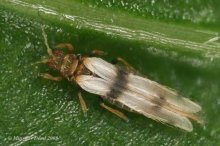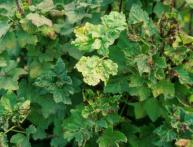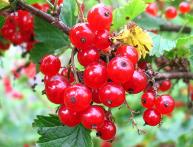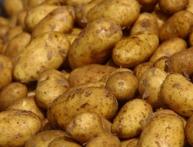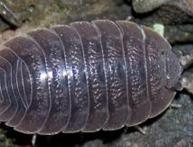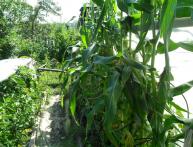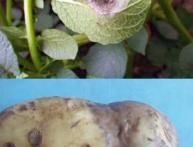Thrips on indoor plants: diagnosis and control methods
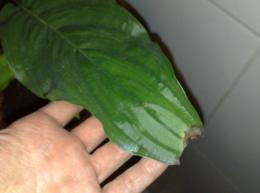
Thrips are one of the most common pests of domestic and agricultural plants. It is probably difficult to name a single plant on which one or another species of these insects does not feed.
Content:
Symptoms and diagnosis
Thrips are very small insects (3-4 mm), the wings of which are covered with a hairy fringe along the edges. Therefore, their name is defined as fringed-winged. They are usually pale in color. Typically, these pests are responsible for minor problems in houseplants, but members of the indoor greenery family such as the Gesneriaceae family (African violet) and the Commeline family (Agasferus) are prone to attack by them.
Thrips are barely visible due to their small size. These insects feed by piercing the surface of different parts of plants using their single large lower jaw. After this, they suck the plant juices that seep from such a wound. Silvery streaks may form on flowers and leaves.
Heavily infected leaves turn brownish or silvery. Infection can also cause a change in the direction of plant growth. Some types of thrips leave blackish spots of feces on the leaves.
If we talk about this pest in the garden, they can often lead to damage to fruits, leaves, shoots and their effect is very noticeable and has a strong cosmetic effect. However, thrips rarely kill or threaten the survival of trees and shrubs.
Herbaceous ornamental and some vegetable crops are more susceptible to serious injuries from thrips eating. This is especially pronounced when the plants are young. Thrips is a very common cause of disease in indoor plants. To diagnose these parasites, blue cards are used, covered with a thin film of oil, suspended half a meter above indoor plants. This way you create indicator traps. If they come across small winged insects, this is a sure indicator of the presence of adult thrips in the plant.
Life cycle

Female thrips lay their eggs in tiny crevices they cut into the surfaces of leaves, flowers and stems. Eggs can be laid at any time of the year and mature within a few days in warm indoor conditions.
Juveniles, called nymphs, are cream to pale green and virtually invisible to the naked eye. They feed for 7-14 days.
Grown nymphs, in most species, go into the soil, where they hide, in order to pupate. Adult winged individuals already emerge from the pupae and complete the cycle.
Integrated Pest Management Strategies
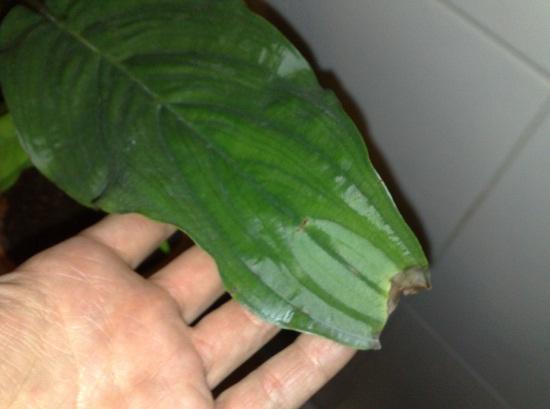
- Keep plants moist. Plants that are kept too dry are more likely to be attacked by thrips.To significantly limit the damage from such attacks and reduce re-infestations, it is imperative to keep plants in high humidity after using other initial control measures.
- Insecticidal soap. Insecticidal soaps, which are considered non-toxic to humans and pets, provide good results in controlling these pests. Be sure that flowers and growing shoots are well watered with a spray bottle. Frequent spraying may be necessary until the infestation is well under control.
- Use improved horticultural oil sprays. There are so-called improved horticultural oils. The oil suffocates insects. These oils are highly purified and, under appropriate conditions, can be applied to plant foliage without any damage. Follow labels and instructions to avoid the negative consequences of misusing these oils. Some plants can be very sensitive to them. Improved oils are also considered non-toxic and less likely to harm beneficial insects. When spraying indoors, care must be taken to protect surfaces that may be damaged by oil residues.
- Use chemical insecticides. There are a fairly large number of insecticides registered for indoor use. So we can distinguish Sprays containing pyrethrins of plant origin. Such insecticides are more effective and milder than other chemical pesticides. Follow label directions and instructions, and spray such substances outdoors if possible.For example, in the garage, or if the weather permits outside.
To limit reoccurrences and prevent future problems, check your plants regularly. With regular inspection, pest problems can be very quickly avoided at the initial stage, and the control process itself is much simpler than in advanced cases.
It is also recommended to isolate newly acquired plants from the main space for 2-3 weeks to limit the accidental migration of pests. Without knowing it, we can sometimes bring these pests into the room.
Thrips are quite difficult to control when they multiply en masse. It is recommended to begin control early and use a comprehensive program that will combine the use of good cultural practices, natural enemies, and the most selective and least toxic insecticides that are effective in the particular situation.
Tips for fighting thrips on video:
Interesting information about the vegetable garden

